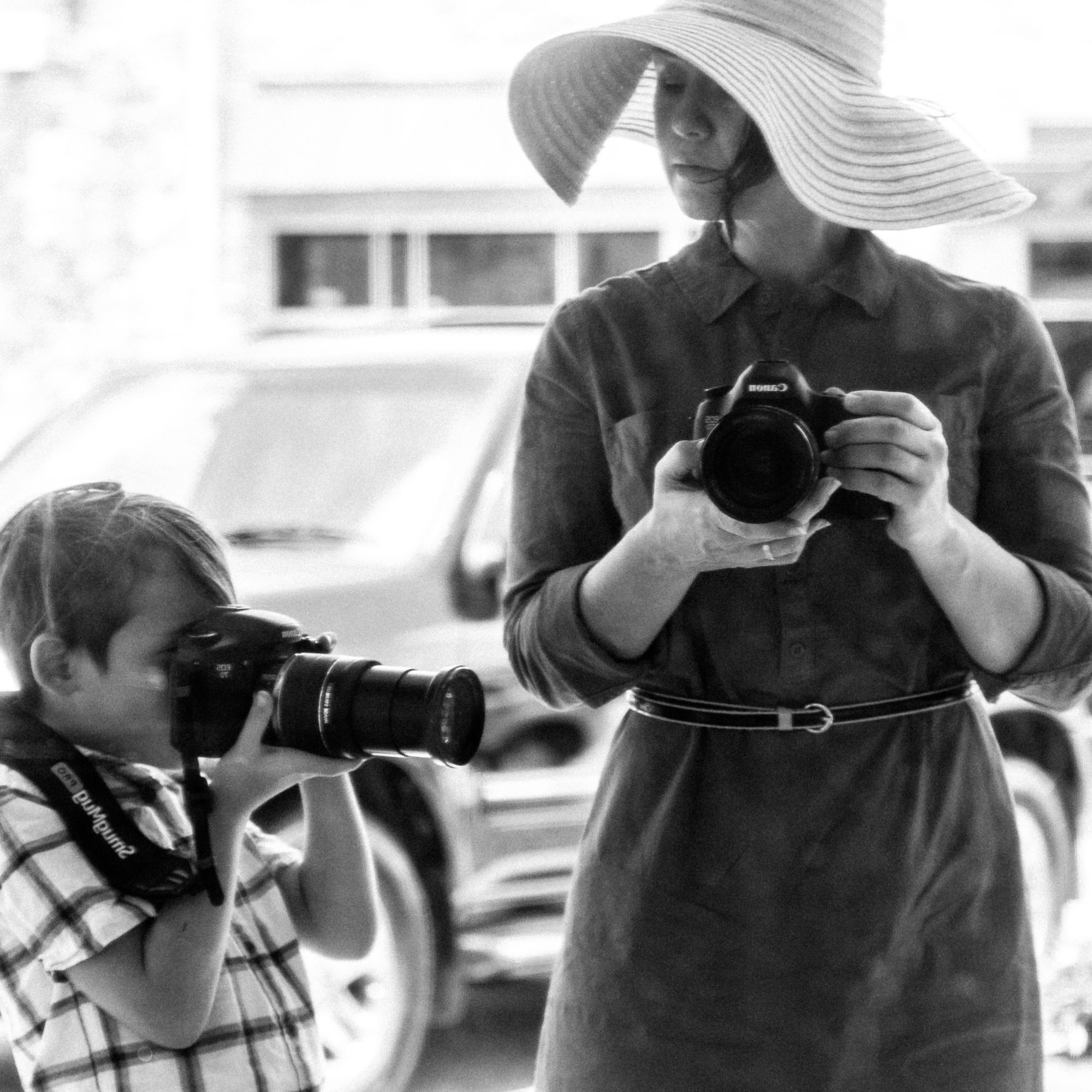Do you remember the first photo you captured that made you feel like a true photographer? The one that made your pulse quicken and your eyes light up when you viewed it for the first time on your camera’s LCD screen? I’ll never forget mine—it was the moment I realized I’d stumbled upon a passion, a fascination for capturing the world through a lens.
You know, they say that every picture tells a thousand stories, but did you know that a staggering 1.2 trillion photos were taken worldwide in 2020? That’s a lot of storytelling. However, not every photo has the power to captivate or convey a compelling narrative. The key to creating such impactful imagery often lies in mastering the art of composition.
‘But what exactly does that entail?’ You might ask. Well, imagine you’re designing a house. Sure, you’ve got the building blocks – the walls, the ceiling, the floors. Yet, without a plan, an understanding of how these elements interact and balance each other, chances are you’ll end up with a less than livable space. Similarly, composition in photography is about arranging components within your frame to create a harmonious and engaging image.
Now, let’s break it down into simple, digestible steps. First things first–
Understanding The Rule of Thirds
This is where our journey into the realm of composition begins. The Rule of Thirds is a basic, yet powerful guideline used in visual arts, particularly photography. Picture a Lightroom Black White grid overlaying your scene, breaking it down into nine equal parts. The items or areas of interest in your photo should ideally be placed along these lines or at their intersections. Sounds pretty simple, right?
Consider Symmetry
Once you’ve played around with the Rule of Thirds, it’s time to introduce some balance. Imagine a mirroring effect, or a face symmetrical down the middle – this is another interesting approach to composition, particularly effective in landscape and architecture photography. Don’t forget, rules were made to be broken!
Play with Perspectives
Switching up angles and perspectives can drastically alter the narrative of a photo. The possibilities are endless – crouch down low for an ant’s-eye view, climb higher for a bird’s-eye perspective, or simply tilting your camera for a skewed effect. Unleash your creativity!
Utilize Leading Lines
Leading lines guide the viewer’s eye through the picture, often towards a focal point. They could be anything from a winding road to the edge of a building – just make sure they’re leading your viewer somewhere interesting. Light trails at nighttime can provide a dramatic leading line effect. If you haven’t experimented with this yet, it’s a must-try!
Include Frames
Utilizing objects in the scene to frame your subject can add depth and context to your photo. This could be natural elements like trees and archways or even man-made structures. This technique also helps to isolate your subject, drawing attention to it.
Experiment with Depth of Field
Depth of field refers to how much of your picture is in focus. Playing with this can create some fascinating results. A shallow depth of field, where your subject is sharp and the background is blurry, is great for portraits or to highlight a particular object. In contrast, a large depth of field ensures everything is in focus, perfect for stunning landscapes.
Create Patterns or Break Them
Photography, like all visual arts, can benefit greatly from the use of patterns and textures. Repeating elements can create a sense of continuity or rhythm. On the other hand, breaking a pattern can highlight the area of breakage and make your photo pop.
Final Thoughts
In the end, composing a photo is an art form in itself, far beyond the simple click of a shutter button. It’s in the deliberate choices you make, the visual story you want to tell, and the emotions you wish to invoke. Importantly, remember that rules are simply guidelines to start. As the saying goes, “learn the rules like a pro, so you can break them like an artist.” So, how are you planning to break the rules today?


0 Comment